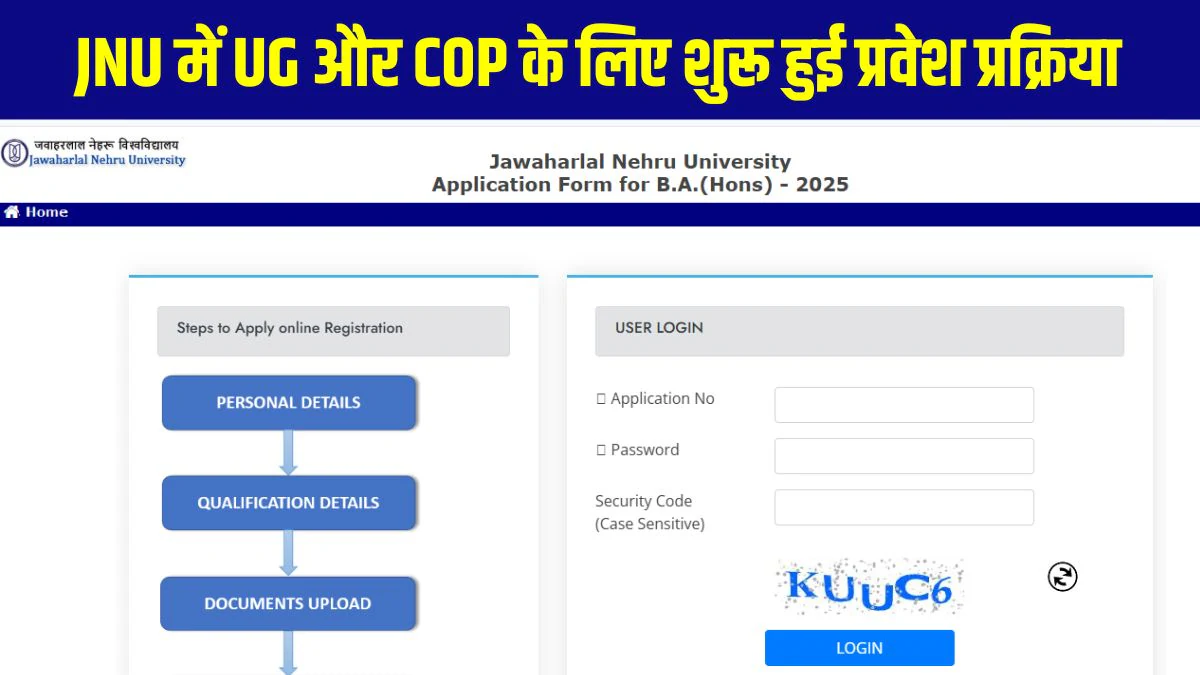Amid packed schedules and demanding workdays, finding time for fitness can be challenging. For those unable to commit to gym sessions or yoga classes, the 6-6-6 walking rule offers a straightforward solution. This easy-to-follow approach, which incorporates the number six in various aspects of your walking routine, is gaining popularity for its simplicity and adaptability to busy lifestyles.
The 6-6-6 walking rule encourages a balanced and structured way to walk: start with a 6-minute warm-up, engage in a 60-minute walk at either 6 am or 6 pm, and end with a 6-minute cool-down. This balanced structure aims to support cardiovascular health, improve mental well-being, and make physical activity a sustainable part of your daily routine. Indianexpress.com spoke with an expert to delve deeper into the benefits and practicalities of this routine.
Dr Vajalla Shravani, MPT, fitness and Pilates expert at Tone30 Pilates, says, “The 6-6-6 walking rule provides a structured and adaptable framework for incorporating regular exercise into your lifestyle. By understanding the science behind warm-up and cool-down routines, the benefits of consistent walking, and the importance of tailoring the intensity to your individual needs, you can unlock the full potential of this accessible and enjoyable activity.”
Dr Shravani mentions, “A 6-minute warm-up primes your body for the physical demands of the walk by gradually increasing your physiological readiness. It gradually elevates your heart rate, increasing blood flow to your muscles and preparing your cardiovascular system for the increased workload.”
Warm-up activities activate the muscles you’ll be using during the walk, says Dr Shravani, improving their elasticity and range of motion. This can involve dynamic stretches like arm circles, leg swings, and torso twists, which mimic the movements of walking.
Additionally, The 6-minute cool-down facilitates a gradual return to a resting state, preventing abrupt changes in blood pressure and promoting recovery. “It allows your heart rate and breathing to slow down gradually, preventing blood pooling in the lower extremities and reducing the risk of dizziness or lightheadedness.”
Light activity during the cool-down helps flush out metabolic waste products like lactic acid from your muscles, reducing muscle soreness and fatigue. Gentle static stretches, holding each for about 30 seconds, can improve flexibility and range of motion, further reducing the risk of injury, she says.
Walking, often underestimated as a form of exercise, offers many health benefits when done consistently. According to Dr Shravani, these are:
Cardiovascular Health: Walking is a rhythmic, aerobic activity that strengthens your heart muscle, improves blood circulation, and helps lower blood pressure and cholesterol levels. A study in Arteriosclerosis, Thrombosis, and Vascular Biology found that regular walking was associated with a reduced risk of peripheral artery disease (PAD).
Weight Management: A 60-minute brisk walk can burn many calories, contributing to weight loss or maintenance. It also boosts metabolism and improves the body’s ability to use fat for energy.
Bone Health: Walking is a weight-bearing exercise that stimulates bone growth and helps prevent osteoporosis, a condition characterised by weakened bones. This is particularly important for older adults and post-menopausal women.
Mood Enhancement: Exercise, including walking, triggers the release of endorphins, natural mood elevators that can alleviate stress, anxiety, and depression. A study in JAMA Psychiatry found that regular walking was associated with a reduced risk of depression.
“Walking is not just about physical health; it’s about connecting with your body, clearing your mind, and enhancing your overall well-being. So, lace up your shoes, step outside, and embrace the power of the 6-6-6 rule to transform your health and fitness journey,” says Dr Shravani.
DISCLAIMER: This article is based on information from the public domain and/or the experts we spoke to. Always consult your health practitioner before starting any routine.
Stay informed with access to our award-winning journalism.
Avoid misinformation with trusted, accurate reporting.
Make smarter decisions with insights that matter.



















